HPV Treatment Center – Laser Genital Wart Treatment
Eser AĞAR, MD, Asst. Prof. of Medicine
What is an HPV Infection?
In recent years, an extremely rapid increase has been observed in the incidence of HPV infections. This rapid increase is a result of the very easy transmission of the virus. HPV causes genital warts, which are the most common sexually transmitted disease. A sexually active woman has a 75% chance of being infected with HPV in her lifetime.
Most HPV infections are asymptomatic or have only mild symptoms. When they show symptoms, the symptom is usually in the form of a wart in the genital area. The most serious aspect of this virus is that it can silently infect the cervix and cause cervical cancer without first producing visible warts.
Even if your smear test results are normal, if you are under 35 years of age, your probability of being infected with HPV is about 25%. If there is an abnormality in your smear test results, your probability of carrying HPV rises to around 50%.
Dr.Eser AĞAR
Obstetrician-Gynecologist
Human Papilloma Virus ( HPV )
Genital HPV Warts

It is important to know the type of HPV that has caused vaginal warts. Upon the detection of a high-risk HPV, colposcopy and smear test are performed.
READ MORE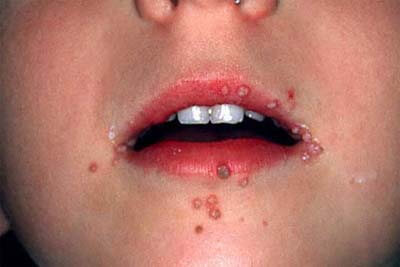
HPV is thought to be transmitted to the head and neck area through oral sex. 30 percent of mouth and throat cancers is thought to be possibly associated with HPV.
READ MORE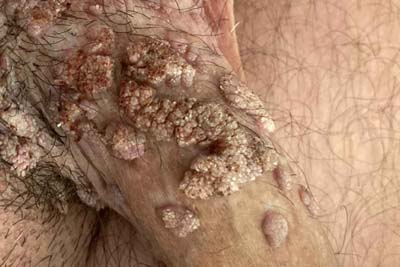
If penile warts are neglected, plucked, cut with a razor blade, and if they are tried to be treated at home using ineffective drugs, they spread
READ MORE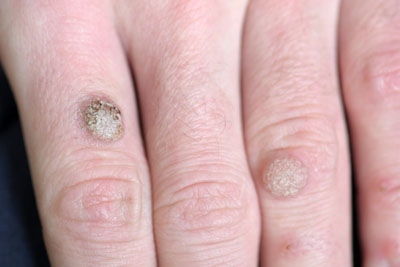
Warts on the hands can sometimes be neglected. Once warts are detected on the hands, they should be treated because their number may increase gradually.
READ MORE
If there is only a single wart or limited number of warts on the foot, it is possible to remove the wart(s) with laser by just numbing the application area.
READ MORE
Warts may appear anywhere on the body, but they are most commonly seen on the dorsum of the hands, in areas close to the nails, and in areas where the skin is broken.
READ MOREEser AĞAR, MD, Asst. Prof. of Medicine
Treatment of Genital Warts (Condyloma)
When a wart or any similar condition is detected, it is definitely necessary to perform gynecological examination. The lesion is evaluated to determine whether it is a wart. If the lesions are warts, they should be removed with a procedure deemed appropriate by the doctor. The most important issue that should not be ignored is whether the spouse or sexual partner has warts as well. If the patient’s spouse or sexual partner has genital warts, an appropriate treatment procedure should be performed on him/her without delay. Some types of HPV only cause warts, while some others cause both warts and cancer.
Treatments intended to eliminate genital warts

HPV Should Be Taken Seriously
Have you been examined?
Make an Appointment to Get Rid of Your Doubts!
Dr.Eser AĞAR +355 69 362 0838
CALL NOWHuman Papilloma Virus ( HPV )
What Kind of Virus Is HPV?
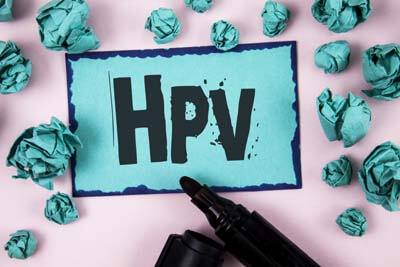
They can be observed anywhere in the body. 75% of all sexually active women are estimated to be at risk of getting infected with HPV in their lifetimes.
READ MORE
80-90% of human papillomaviruses (HPV) are destroyed by defense cells within 1 to 2 years after the initial infection in the body.
READ MORE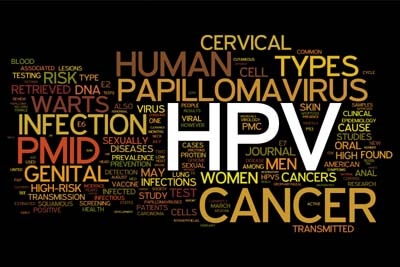
Yes, HPV can cause cancer. Types such as type 16 and type 18 can cause cancer 10 to 15 years after the initial infection in the body.
READ MOREHuman Papilloma Virus ( HPV )
HPV, Cervical Cancer Vaccine
Regarding HPV Vaccines, recommendations of TCSB (Turkish Ministry of Health) Cancer Department, FDA (Food and Drug Administration) and ACIP (Advisory Committee on Immunization Practices) are exactly the same.
HPV vaccines have protective properties, and they are produced with recombinant technology. Two types of HPV vaccines are available in our country. Some of the vaccines contain virus-like particles for protection against HPV Type 16 and HPV Type 18. Other vaccines contain similar particles for protection against HPV Type 6, HPV Type 11, HPV Type 16 and HPV Type 18. Both HPV vaccines are given intramuscularly. Those between 9 and 14 years of age are given two doses at 0 and 6 months, while those 15 years of age and older are given three doses at 0, 2 and 6 months. The vaccine has been proven to be 100% effective in preventing warts caused by HPV types 6 and 11.


 TR
TR SQ
SQ





